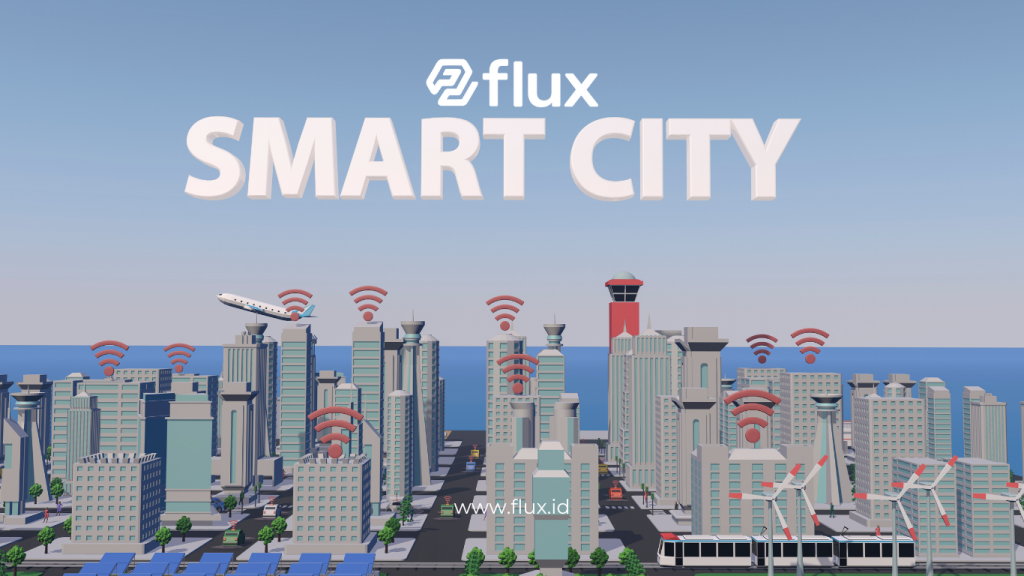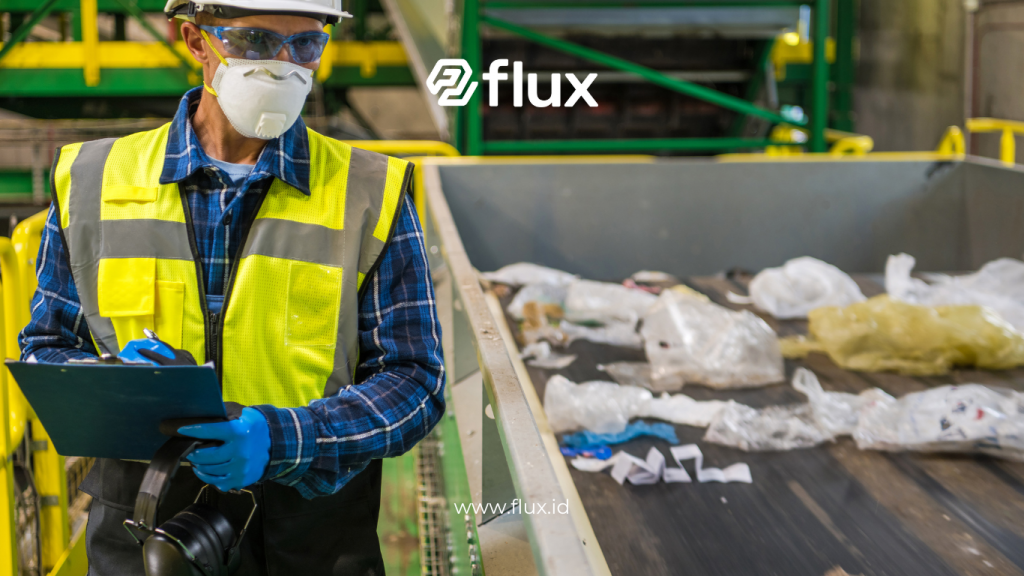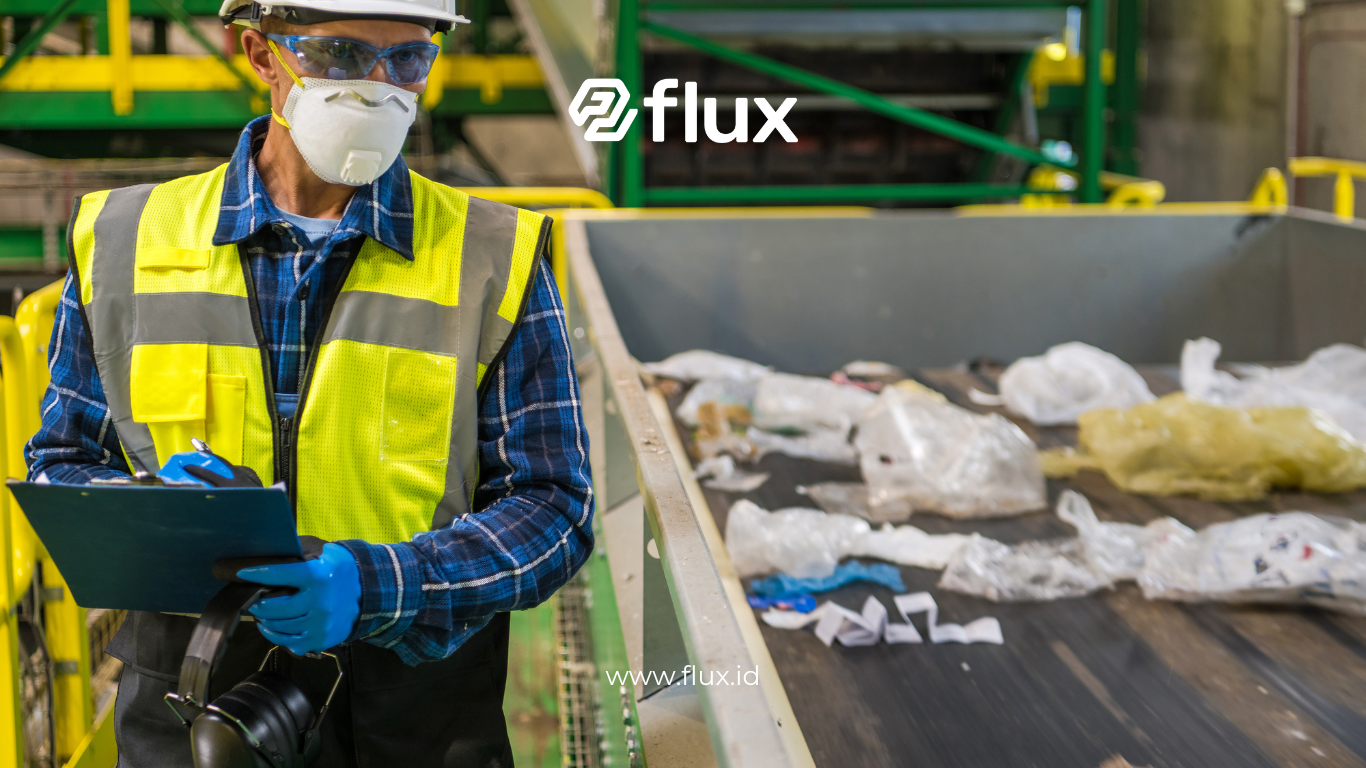Don't miss our holiday offer - 20% OFF!
A smart city aims to create urban environments that are more efficient, eco-friendly, and sustainable. Efficient waste management is a critical component of this vision. Improperly managed waste can lead to pollution, health issues, and discomfort for residents. Here’s where IoT-based smart trash sensors become crucial. These sensors make waste management more efficient and real-time, ensuring that cities remain clean and comfortable.
Contents
What Are IoT-Based Smart Trash Sensors?

Read More: IoT Sensors Supporting Energy Efficiency in Smart Cities
IoT-based smart trash sensors are devices designed to automatically detect and report the fill levels of trash bins. Installed inside trash bins, these sensors connect to a wireless network, allowing real-time data transmission to the city’s control center or waste management applications. This setup allows authorities to monitor trash bin conditions citywide without time-consuming manual inspections.
The IoT technology enhances these sensors, enabling them to measure not only how full the bins are but also to detect the type of waste, temperature, and even hazardous gases like methane.
How Smart Trash Sensors Operate in a Smart City

- Installing Sensors on Trash Bins
The process begins with installing sensors inside trash bins. These sensors are generally placed at the top inside the bin to accurately measure its fill level. They use ultrasonic or infrared technology to gauge the volume of waste in the bin.
- Measuring Waste Levels
Once installed, the sensors continuously monitor the fill levels of the bins. As a bin approaches its full capacity, the sensor sends a notification to the waste management system, which then coordinates the collection. This proactive approach prevents waste from overflowing into public spaces.
- Real-Time Data Transmission
These sensors connect to the internet through technologies like Wi-Fi, LoRaWAN, or cellular networks. When a significant change in waste levels occurs, the sensor transmits this data in real time to the city’s management system. This data is collected and analyzed to identify areas needing special attention in waste management.
- Data Analysis and Decision-Making
The collected data is analyzed to monitor waste accumulation patterns. Effective data analysis allows the city to predict when and where bins will be full, enabling the planning of more efficient waste collection routes. This strategy helps save operational costs and reduces emissions from unnecessary collection vehicles.
- Integration with Waste Management Applications
Smart trash sensor technology often integrates with waste management applications to facilitate monitoring by authorities. These applications feature interactive maps showing the status of each trash bin, provide notifications for bin emptying, and offer historical data for further analysis.
Benefits of Smart Trash Sensors in Waste Management for Smart Cities

Read More: The Impact of Waste Sensors on the Environmental Agency
- Operational Efficiency
With smart trash sensors, waste management teams can plan collection routes more efficiently. Instead of emptying every bin daily, they can target only those that need attention. This approach saves time, labor, and fuel.
- Cost Savings
The operational efficiency gained through these sensors also translates into cost savings. Improved route planning reduces fuel usage and minimizes the frequency of bin emptying, thereby cutting operational costs.
- Improved City Cleanliness
Enhanced waste monitoring systems help maintain city cleanliness. Trash does not accumulate for long in public areas, reducing the risk of disease, air pollution, and visual disturbances in urban environments.
- Better Environmental Maintenance
Smart sensors not only monitor waste volume but also detect waste types and hazardous materials. For instance, if hazardous gases like methane are detected, the system alerts authorities for immediate action. This helps prevent environmental hazards and ensures resident safety.
- Supporting Sustainable Waste Management
More efficient waste management leads to better handling of waste, supporting the city’s environmental sustainability goals. Additionally, advanced waste management can optimize recycling programs, aiding cities in achieving eco-friendly targets.
Challenges in Implementing Smart Trash Sensors

Read More: IoT Sensors Supporting Energy Efficiency in Smart Cities
- Initial Installation Costs
Although smart trash sensors offer long-term savings, the initial installation costs can be high. Significant investment is required to equip thousands of bins throughout the city.
- Reliance on Internet Connectivity
Since these sensors operate via IoT networks, their functionality heavily depends on internet connectivity. Network disruptions can delay data transmission and affect the efficiency of the waste management system.
- Sensor Maintenance and Reliability
Like other technologies, smart sensors require regular maintenance. Sensor malfunctions or disruptions can lead to inaccurate data, potentially disrupting waste collection processes.
The Future of Trash Sensors and Waste Management

Read More: IoT Sensors: Smart Solutions for Environmental Management
As IoT technology advances, smart trash sensors are expected to become integral to every smart city. Future sensors may offer enhanced capabilities, such as detecting more parameters and providing more accurate data. Integration with AI and machine learning will further assist in analyzing waste data and predicting collection needs more precisely.
Conclusion
Smart trash sensors offer an effective solution for improving waste management. IoT technology enables real-time monitoring, helping cities optimize collection routes, reduce costs, and maintain cleanliness. Despite implementation challenges, the benefits of smart trash sensors far outweigh them. Cities investing in this technology will be better equipped to manage future waste challenges and create cleaner, more comfortable environments for their residents.





